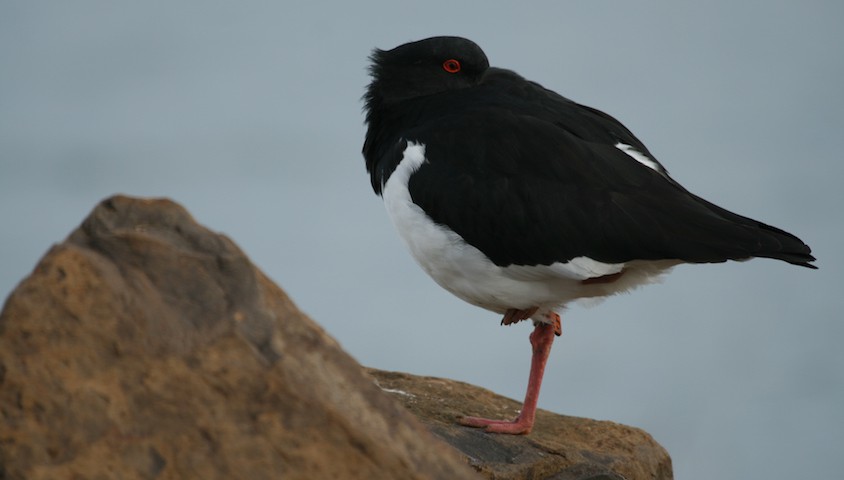An interesting quirk of avian behaviour has been shown to help birds regulate their body temperatures, something that many have assumed but not studied until now.
Backresting, whereby a bird turns its head and snuggles its beak into the feathers between its wings, has long been thought to help birds stay warm.
Field research carried out by Deakin University honours student, Julia Ryeland, observed nine species of shorebirds over a six month period around Port Phillip and Westernport Bays near Melbourne.
Over the course of the six-month period, Ryeland recorded hundreds of hours of footage, which was later analysed for the duration of backresting behaviour exhibited by each of the observed species.
Ryeland said footage was captured of birds in a wide range of temperatures, from 10 to 40 degrees.
“When we looked at the footage, we found the red-necked avocet, which has the longest relative bill length, had the highest use of the backrest posture, while the masked lapwing, with the smallest relative bill length, used it the least,” she said.
Ecologist Matthew Symonds, Deputy Director at the Centre for Integrative Ecology in Deakin’s School of Life and Environmental Sciences, and lead researcher in this study, said it’s the first time backresting behaviour had been rigorously studied, which has also revealed a significant implication for how bigger-billed birds spent their time.
“This means that while these birds have developed larger beaks to help them forage for food, it actually has a negative side effect in that they need to spend more time keeping this equipment protected from the cold,” he said.
“This then lessens their time available for things like food gathering and keeping an eye out for predators. It’s an unexpected cost of having a larger bill.”
The paper, ‘Bill size mediates behavioural thermoregulation in birds’, was published online in the journal Functional Ecology.


